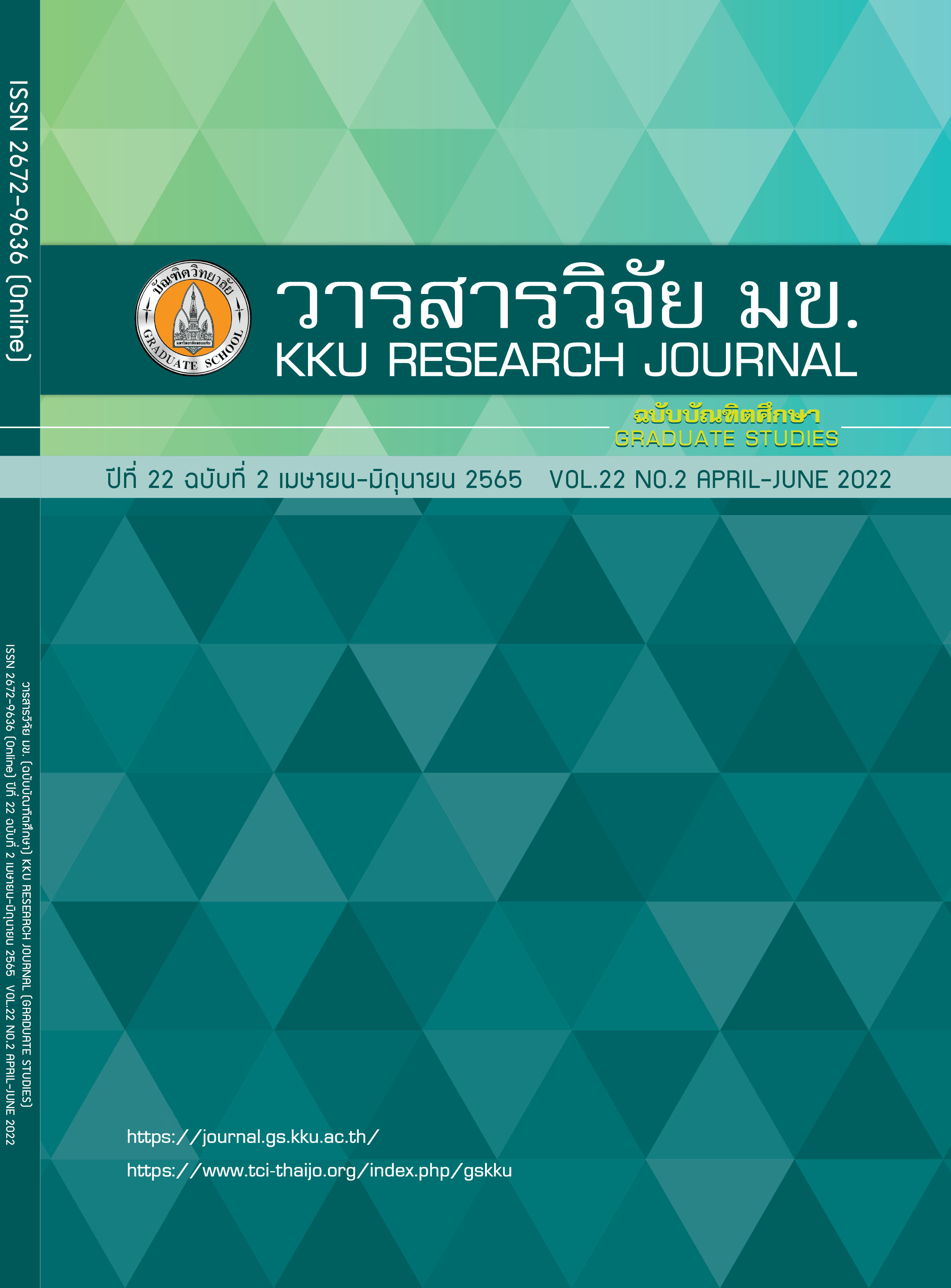Improving the Transmission Performance between Machines in the Fifth-Generation Cellular Networks
Keywords:
Machine-to-machine, Capacity, Internet of thingsAbstract
This article aimed to improve the transmission performance between machines in the fifth-generation cellular networks. Machine-to-machine communications are the key to the Internet of things, enabling intelligent machines to operate in industries via web applications that are connected in a cloud system. Machine-to-machine communications have a different style from human communications that requires large packets for downlinks and considers the communication protocol independent of information theory. This study proposed an enhancement of the machine-to-machine transmission performance based on using information theory that takes into account short packets for uplink and communication protocols.The result showed that the suggested technique could increase the transmission throughput by approximately 5.333 times compared to those original protocols in the macro cell.
References
Atzori L, Iera A, Morabito G. The internet of things: A survey. Computer networks. 2010;54(15):2787–2805.
Muellerleile C, Robertson SL. Digital Weberianism: bureaucracy, information, and thetechno-rationality of neoliberal capitalism. Indiana Journal of Global Legal Studies. 2018;25(1):187–216.
Krishnamurthi R, Gopinathan D. A Comprehensive Overview of Blockchain-Driven IoT Applications. Blockchain, Internet of Things, and Artificial Intelligence. 2021;p. 85.
Soltanmohammadi E, Ghavami K, Naraghi-Pour M. A survey of traffic issues in machineto-machine communications over LTE. IEEE Internet of Things Journal. 2016;3(6):865–884.
Mehaseb MA, Gadallah Y, Elhamy A, Elhennawy H. Classification of LTE uplink scheduling techniques: An M2M perspective. IEEE Communications Surveys & Tutorials. 2015;18(2):1310–1335.
Durisi G, Koch T, Popovski P. Toward massive, ultrareliable, and low-latency wireless communication with short packets. Proceedings of the IEEE. 2016;104(9):1711–1726.
Bertsekas DP, Gallager RG, Humblet P. Data networks. vol. 2. Prentice-Hall International New Jersey; 1992.
Bana AS, Trillingsgaard KF, Popovski P, De Carvalho E. Short packet structure for ultrareliable machine-type communication: Tradeoff between detection and decoding. In: 2018 IEEE International Conference on Acoustics, Speech and Signal Processing (ICASSP). IEEE; 2018. p. 6608–6612.
Lozano A, Jindal N. Transmit diversity vs. spatial multiplexing in modern MIMO systems. IEEE Transactions on wireless communications. 2010;9(1):186–197.
Östman J. Short-Packet Communications: Fundamental Performance and Key Enablers. Chalmers Tekniska Hogskola (Sweden); 2019.
Gamage H, Rajatheva N, Latva-Aho M. Channel coding for enhanced mobile broadband communication in 5G systems. In: 2017 European conference on networks and communications (EuCNC). IEEE; 2017. p. 1–6.
Zhang L, Xiao M, Wu G, Alam M, Liang YC, Li S. A survey of advanced techniques for spectrum sharing in 5G networks. IEEE Wireless Communications. 2017;24(5):44–51.
Xu T, Zhou T, Tian J, Sang J, Hu H. Intelligent spectrum sensing: When reinforcement learning meets automatic repeat sensing in 5G communications. IEEE Wireless Communications. 2020;27(1):46–53.
Belmekki BEY, Hamza A, Escrig B. On the performance of 5g non-orthogonal multiple access for vehicular communications at road intersections. Vehicular Communications.2020;22:100202.
Boccardi F, Heath RW, Lozano A, Marzetta TL, Popovski P. Five disruptive technology directions for 5G. IEEE communications magazine. 2014;52(2):74–80.
Osseiran A, Boccardi F, Braun V, Kusume K, Marsch P, Maternia M, et al. Scenarios for 5G mobile and wireless communications: the vision of the METIS project. IEEE communications magazine. 2014;52(5):26–35.
Popovski P. Ultra-reliable communication in 5G wireless systems. In: 1st International Conference on 5G for Ubiquitous Connectivity. IEEE; 2014. p. 146–151.
Buettner M, Yee GV, Anderson E, Han R. X-MAC: a short preamble MAC protocol for duty-cycled wireless sensor networks. In: Proceedings of the 4th international conference on Embedded networked sensor systems. ACM; 2006. p. 307–320.
Costa RA, Langberg M, Barros J. One-shot capacity of discrete channels. In: 2010 IEEE International Symposium on Information Theory. IEEE; 2010. p. 211–215.
Marzetta TL, Hochwald BM. Capacity of a mobile multiple-antenna communication link in Rayleigh flat fading. IEEE transactions on Information Theory. 1999;45(1):139–157.
Polyanskiy Y, Poor HV, Verdú S. Channel coding rate in the finite blocklength regime. IEEE Transactions on Information Theory. 2010;56(5):2307.
Durisi G, Koch T, Östman J, Polyanskiy Y, Yang W. Short-packet communications over multiple-antenna Rayleigh-fading channels. IEEE Transactions on Communications. 2015;64(2):618–629.
Laner M, Nikaein N, Svoboda P, Popovic M, Drajic D, Krco S. Traffic models for machine-to-machine (M2M) communications: types and applications. In: Machine-to-machine (M2M) Communications. Elsevier; 2015. p. 133–154.
Sanfilippo G, Galinina O, Andreev S, Pizzi S, Araniti G. A concise review of 5G new radio capabilities for directional access at mmWave frequencies. Internet of Things,Smart Spaces, and Next Generation Networks and Systems. 2018;p. 340–354.
Caire G, Taricco G, Biglieri E. Optimum power control over fading channels. IEEE Transactions on Information Theory. 1999;45(5):1468–1489.
Downloads
Published
Issue
Section
License
Copyright (c) 2022 KKU Research Journal (Graduate Studies)

This work is licensed under a Creative Commons Attribution-NonCommercial-NoDerivatives 4.0 International License.



